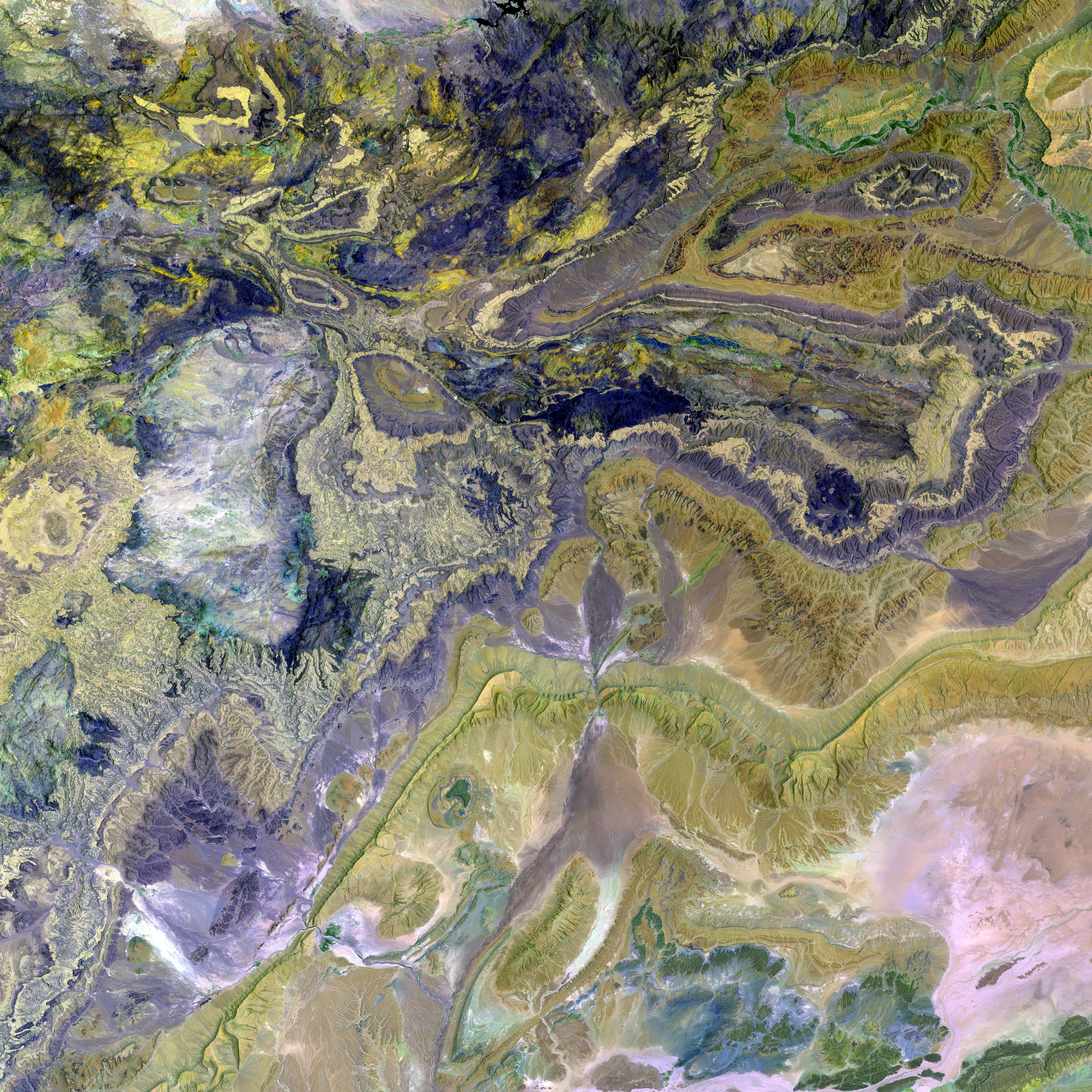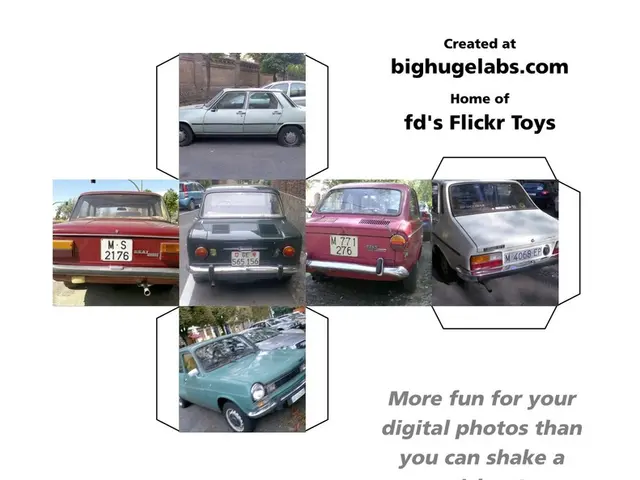Rapidly creates top-notch visuals that outperform existing methods in image generation speed.
In a significant leap for artificial intelligence, researchers from MIT and NVIDIA have developed a groundbreaking hybrid image generation tool called HART - a combined system that promises faster and high-quality image production. This innovation could pave the way for safer self-driving cars and enhance numerous other applications.
Currently, the challenge lies in generating realistic images quickly, a crucial aspect for training autonomous vehicles to navigate unpredictable urban environments. However, existing generative AI techniques have their drawbacks. Diffusion models, known for producing realistic images, are slow and computationally expensive. On the other hand, autoregressive models, which power language models like ChatGPT, while faster, are less effective at creating high-quality images.
The HART system aimed to bridge this gap by incorporating the strengths of both approaches. By using an autoregressive model to quickly capture the overall image and a small diffusion model to refine the details, the hybrid tool generates images that match or even surpass the quality of top-tier diffusion models while being about nine times faster [1]. This speed advantage is attributed to the reduced computational resources required, enabling HART to run locally on a laptop or smartphone [2].
The development of HART wasn't without challenges. Researchers found that integrating the diffusion model early on resulted in an accumulation of errors. Consequently, their final design involved the diffusion model predicting only the remaining details, significantly improving the image generation quality [3].
Armed with a combination of an autoregressive transformer model and a lightweight diffusion model, HART generates images similar to those created by a diffusion model with twice as many parameters, yet it does so with about 31% fewer computations than state-of-the-art models [4]. Furthermore, due to its use of an autoregressive model, HART is more compatible with the emerging class of unified vision-language generative models.
The researchers aim to apply HART for video generation and audio prediction tasks in the future while continuing to explore the integration of vision-language models on top of the HART architecture [5]. This research was funded by various organizations and relied on GPU infrastructure provided by NVIDIA [5].
In essence, HART presents an exciting opportunity to advance the field of generative AI by blending the precise details of autoregressive modeling with the parallel processing and high visual quality of diffusion-inspired methods [6]. This hybrid approach ensures fast, efficient, and high-quality image generation.
Sources:[1] https://arxiv.org/abs/2202.08580[2] https://arxiv.org/abs/2110.13309[3] https://arxiv.org/abs/2202.08580[4] https://arxiv.org/abs/2202.08580[5] https://arxiv.org/abs/2202.08580[6] https://arxiv.org/abs/2110.13309
- The development of HART, a hybrid image generation tool, involves both an autoregressive transformer model and a lightweight diffusion model, which could potentially revolutionize the field of science and technology.
- Graduate researchers from MIT and NVIDIA collaborated on the creation of HART, a system that combines the strengths of autoregressive and diffusion models to produce faster and high-quality images, exceeding the output of top-tier diffusion models while using fewer computational resources.
- Undergraduate students and engineering enthusiasts may find the HART system particularly intriguing, as its innovative approach offers promising applications in various domains, including the environment, engineering, and artificial intelligence.
- By integrating vision-language models on top of the HART architecture, researchers aim to extend its capabilities to video generation and audio prediction tasks, potentially driving further advancements in AI and learning.
- Collaborative research efforts, such as the HART project, rely on funding from various organizations and technological infrastructure provided by companies like NVIDIA, which plays a crucial role in the press and dissemination of advancements in science and technology.








